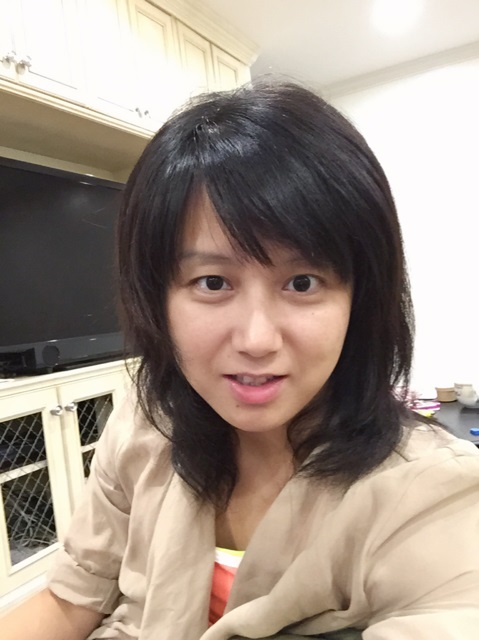Program Information
FEATURED PRESENTATION and BEST IN PHYSICS (JOINT IMAGING-THERAPY): Novel SG-KS-4D-MRI Sequence Reduces 4D Rebinning Artifacts and Improves GTV Contouring Consistency for Pancreatic Cancer Patients
W Yang*, Z Fan , R Tuli , Z Deng , J Pang , A Wachsman , R Reznik , H Sandler , D Li , B Fraass , Cedars-Sinai Medical Center, Los Angeles, CA
Presentations
TH-CD-204-1 (Thursday, July 16, 2015) 10:00 AM - 12:00 PM Room: 204
Purpose: Dynamic magnetic resonance imaging (MRI) has been used to characterize tumor motion but real time acquisition has been limited to 2-dimensions. Methods have been developed to reconstruct four-dimensional MRI (4D-MRI) based on time-stamped 2D images or 2D K-space data. These methods suffer from anisotropic resolution and rebinning artifacts. We have developed a self-gating based K-space sorted 4D-MRI (SG-KS-4D-MRI) method to overcome these limitations and in this study apply it to monitoring organ motion of pancreatic cancer patients.
Methods: Ten patients were imaged using 4D-CT, cine 2D-MRI and the SG-KS-4D-MRI method, which is a spoiled gradient recalled echo (GRE) sequence with 3D radial-sampling K-space projections and 1D projection-based self-gating. Tumor volumes were drawn at the end of exhalation phases in the 4D-MRI and 4D-CT, and mapped to the other phases using deformable registration. The tumor volumes and motion trajectories were compared.
Results: An isotropic resolution of 1.6 mm was achieved in the SG-KS-4D-MRI images, which showed superior soft tissue contrast to 4D-CT and appeared to be free of rebinning artifacts. SG-KS-4D-MRI was able to detect out-of-plane tumor motion and showed good correlation with 4D-CT and cine 2D-MRI in superior-inferior direction with a correlation coefficient of 0.91±0.06 and 0.93±0.03, respectively. The average standard deviation of GTV (GTV_σ) calculated from ten breathing phases were 0.81 cc and 1.02 cc for SG-KS-4D-MRI and 4D-CT (p=0.004) respectively.
Conclusion: A novel SG-KS-4D-MRI acquisition method capable of reconstructing rebinning-artifact-free high resolution 4D-MRI images was used to quantify pancreas tumor motion. The resultant pancreatic tumor motion trajectories better agreed with 2D-cine-MRI and 4D-CT in the SI direction than the other 2 directions due to smaller motions in those directions. The pancreatic tumor volumes derived using SG-KS-4D-MRI were significantly more consistent than those from the 4D-CT.
This work is supported in part by NIH grant 1R03CA173273-01.
Funding Support, Disclosures, and Conflict of Interest: This study is supported in part by NIH 1R03CA173273
Contact Email:


